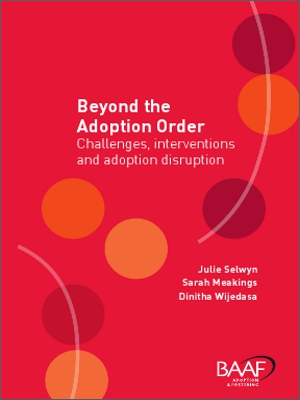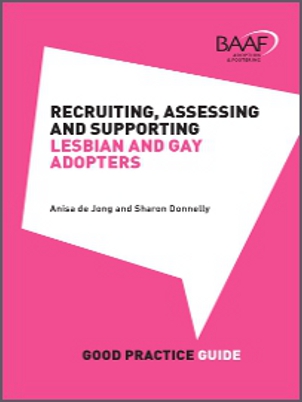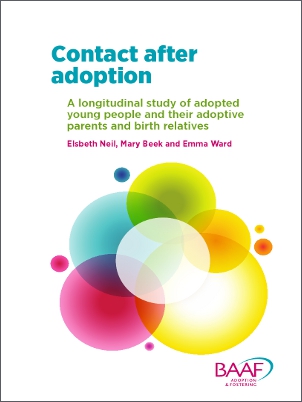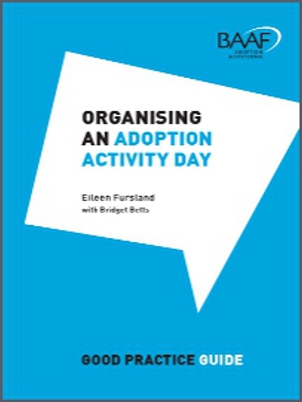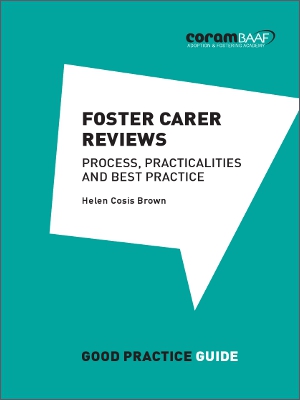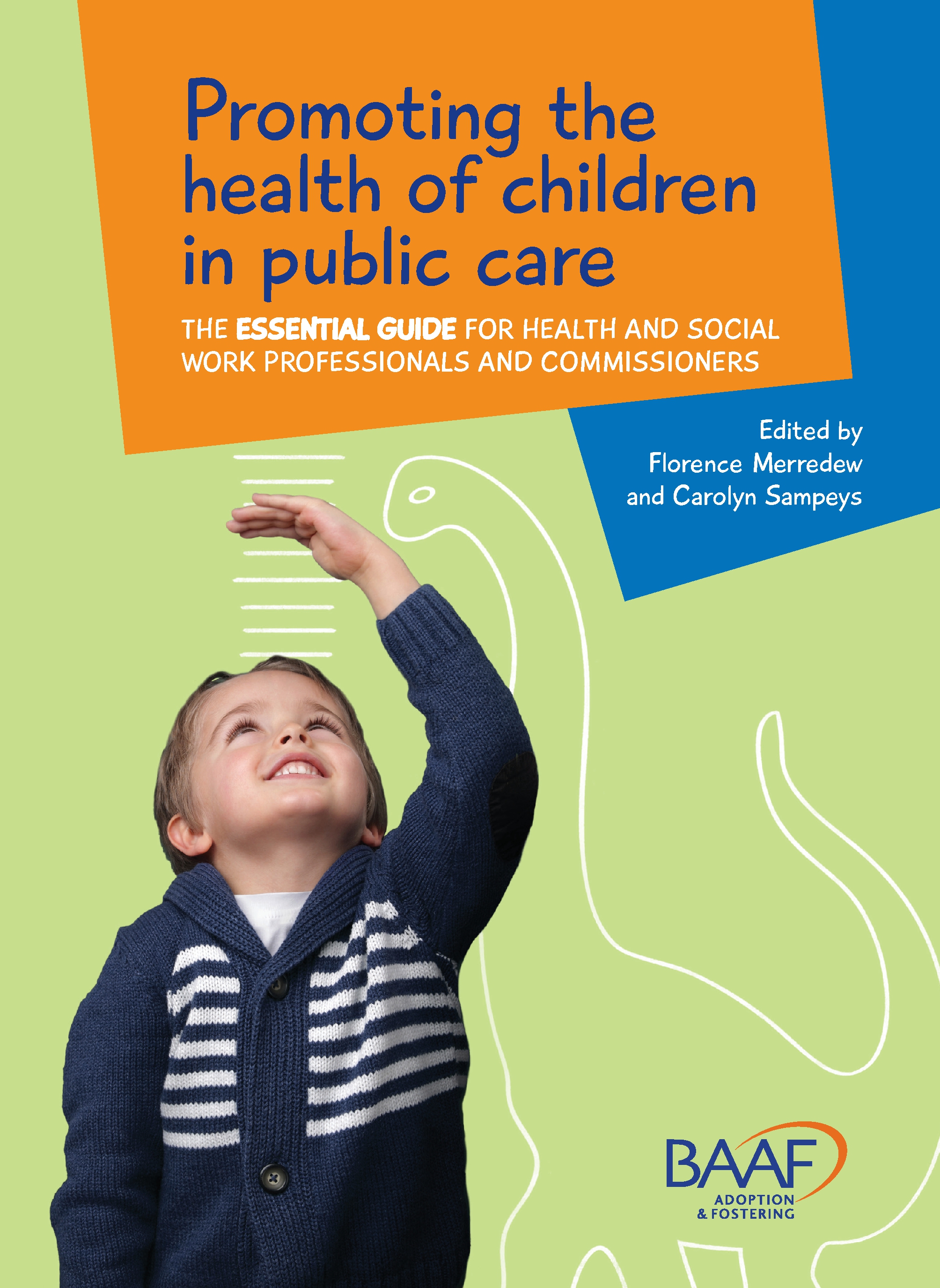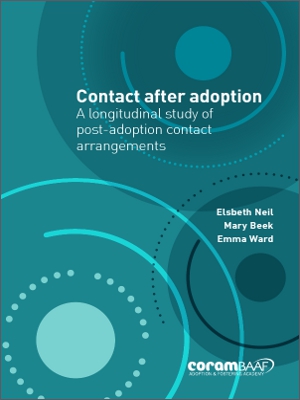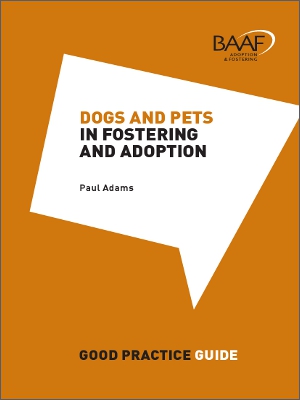Ten top tips for placing disabled children
| Hedi Argent
The Ten Top Tips series considers some of the fundamental themes in child care practice in concise, practical guides ideal for busy practitioners. This book provides an essential checklist for anyone seeking the right new family for a disabled child.


